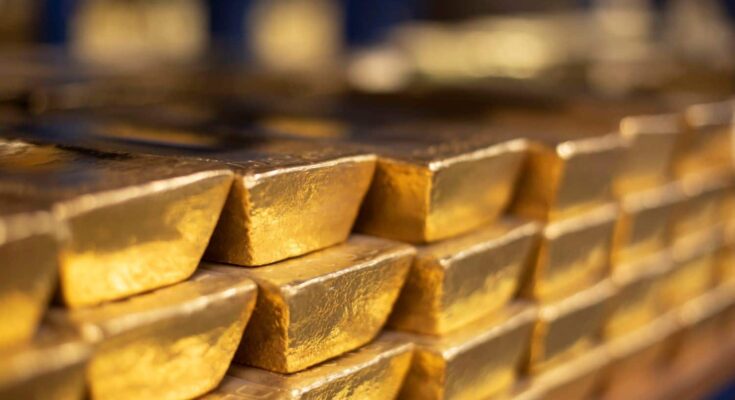Gold prices have reached a record price, rising up to $1 million dollars for the first time ever. Last week, the price of spot gold reached more than $2,500 per ounce, which is a record high. For context, the average gold bar weighs 400 troy ounces.
So far in 2024, gold prices have risen more than 20 percent. Analysts say this is a sign that investors expect the Federal Reserve to cut interest rates in September.
The rise in gold prices has been felt throughout the world. Other central banks, including China’s, are also buying gold bars to reduce reliance on US dollars.
Gold as asset during recessions, cause of surging
Key financial actors such as banks and investors see gold as both a long-term investment and a reliable holder of value during recessions. This is because when interest rates fall, gold prices rise and become more appealing than bonds.
Most investors also consider gold to be a “shield” against inflation because it is a reliable source of economic value. However, not every single gold bar costs one million dollars because not every ingot weighs exactly 400 ounces.
Additionally, the United States Gold Bureau reports that gold is not traded by individuals. Instead, it is traded by central banks and bullion dealers.
Gold prices reached an all-time high value in August 2024
In August 2024, the value of gold reached an all-time high, but gold prices have consistently been important for the global economy.
This was especially true during the gold standard era, during which countries had their gold reserves tied to paper currencies. This was how countries essentially knew how much money they had and how their economy was doing. The gold standard was in effect from the late 19th century to the mid-20th century.
After the Second World War, however, the Bretton Woods Agreement established a new monetary order. The United States dollar became the global reserve currency and was backed by gold held by the United States Federal Reserve.
This new system joined foreign currencies to the dollar, indirectly linking global currencies to the US gold reserve. The system worked until the 1970s. In 1971, President Richard Nixon abandoned the gold standard, which also led to a surge in gold prices.
At this time, investors also sought gold as a good to protect them against currency devaluation. By 1980, gold prices reached an (at the time) all-time high price of $850 per ounce.
To this day, gold is seen as a safe haven against rising prices and inflation. This is why we are seeing both rising prices and investors turning to gold for wealth preservation.



